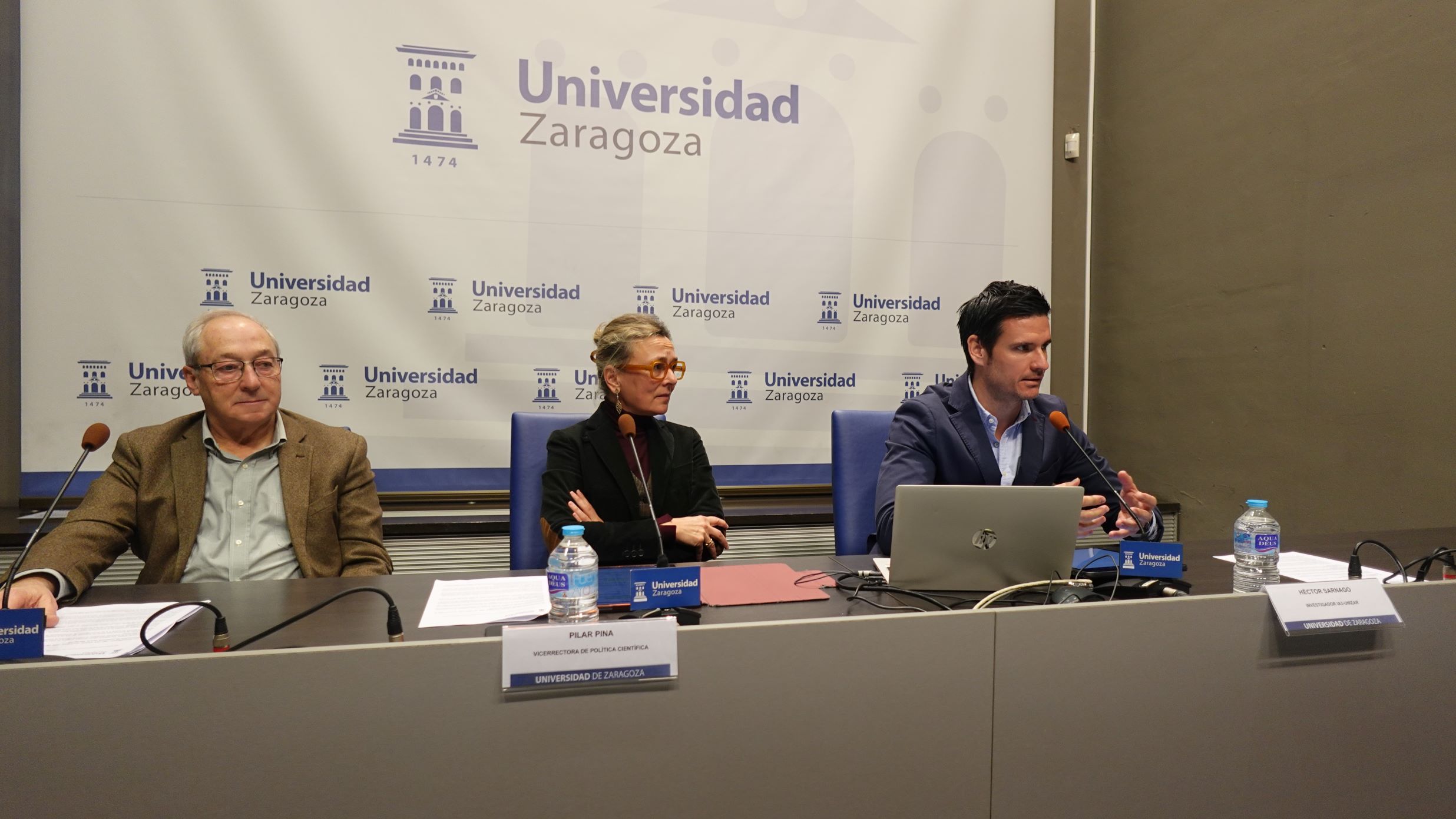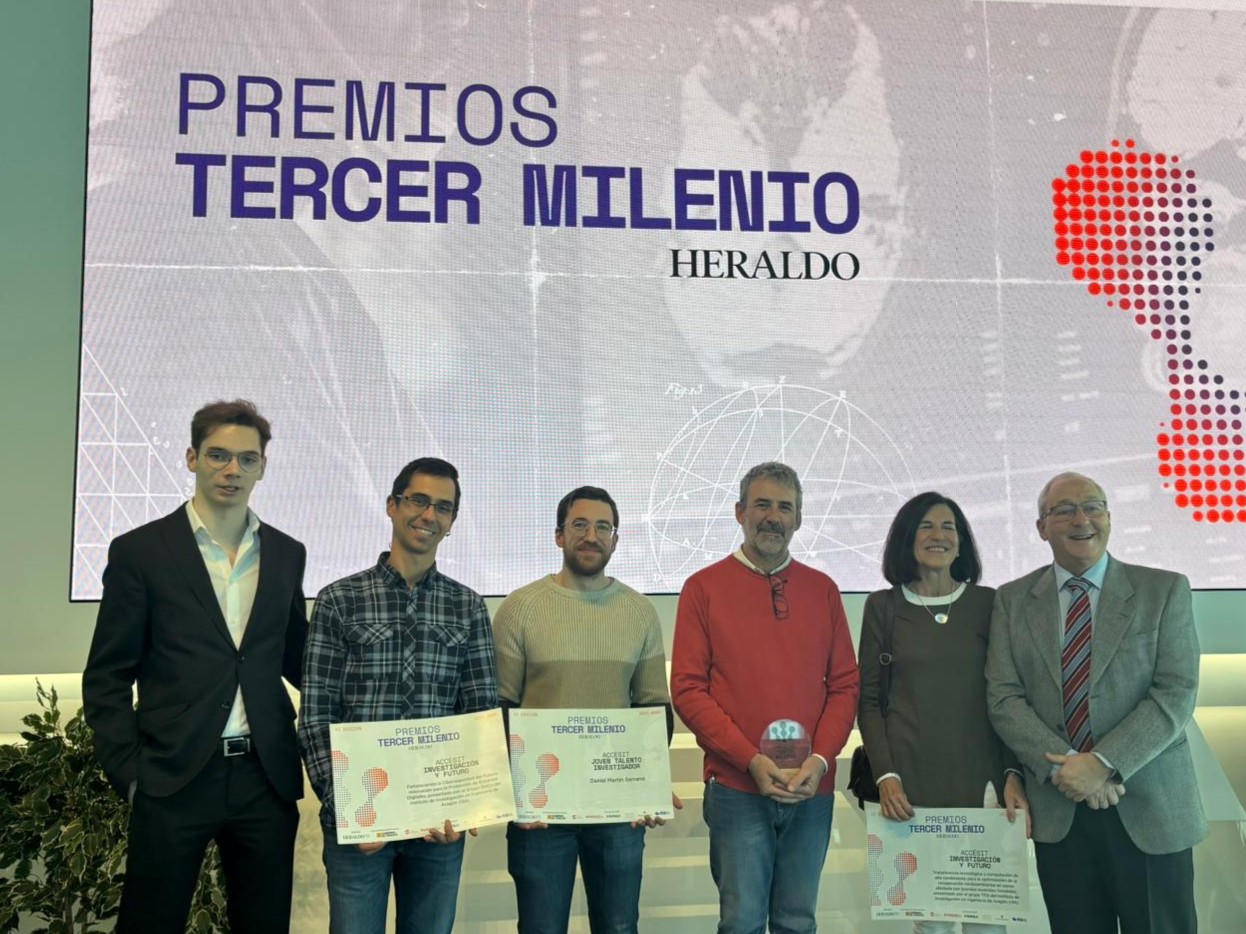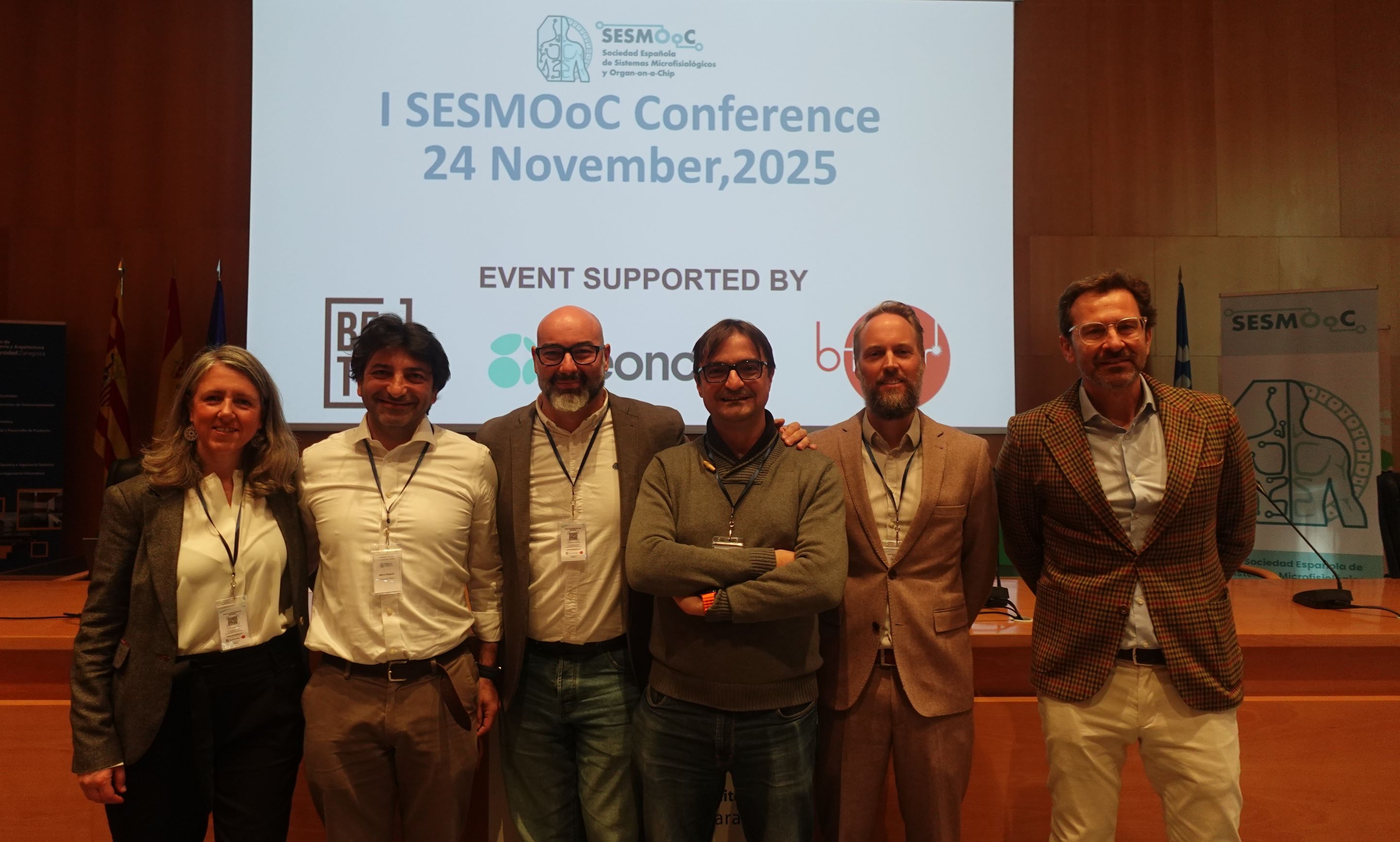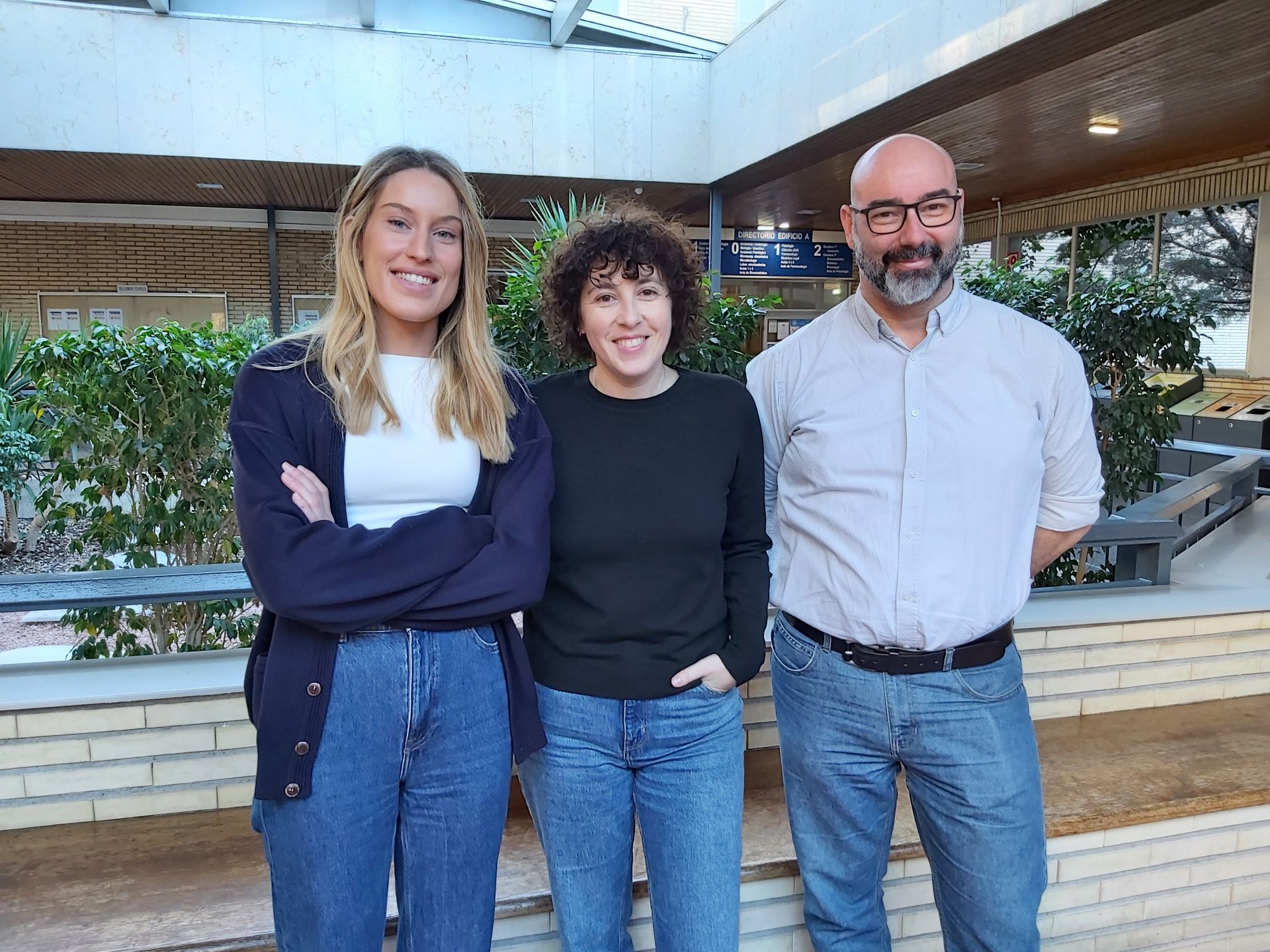
Research conducted in Lleida and Zaragoza has validated the use of Organ-on-chip (OOC) technology to examine the effect of an anti-tumour drug (NNC-55-0396, a tetralol compound) against glioblastoma, the most common and aggressive brain cancer.
The research was recently published in the journal Cell Death and Disease and has been carried out by the Cell Signalling by Calcium research group of the Biomedical Research Institute of Lleida (IRBLleida) and the University of Lleida (UdL), in collaboration with the Tissue Microenvironment Laboratory (TMELab) of the Institute for Health Research (IIS Aragón), the Biomedical Research Centre Network in Bioengineering, Biomaterials and Nanomedicine (CIBER-BBN) and the Engineering Research Institute of Aragon (I3A) of the University of Zaragoza.
The research has benefited from the expertise of the group TMELab of I3A Unizar, led by Iñaki Ochoa, who is working on the development of experimental models based on microfluidic systems to understand the interaction of cells with their environment. "This technology makes it possible to simulate in the laboratory the environmental conditions of healthy and pathological tissues in a way that more closely resembles what happens in patients. Thanks to this, the researcher can have a powerful tool to predict the physiopathological responses of the tumour in the laboratory," said Sara Oliván, the principal investigator of this project on behalf of the University of Zaragoza.
"This technology is interesting because it allows us to evaluate the efficacy of drugs in biological models that represent at the microscale the conditions under which a tumour develops in the human body," explained Judit Herreros, one of the heads of the Calcium Cell Signalling research group.
"Glioblastomas are very aggressive brain tumours, made up of at least two different regions: a region where the tumour cells receive abundant nutrients and oxygen because they are well supplied by blood vessels, while a central area lacks vessels, where the cells have adapted to live in a hostile environment and lack oxygen," added the researcher and professor at the UdL.
"The glioblastoma-on-a-chip consists of a small chamber where glioblastoma cells are arranged to reproduce these two regions. Thus, they are optimal models to study the effect of chemotherapeutics, which reduces the need for preclinical studies in animals," defined the first authors of the article, Clara Bayona, researcher at IIS Aragón and I3A Unizar, and Lía Alza, researcher at IRBLleida and UdL.
"The results of this study show that the drug NNC-55-0396 has a predominant effect on the hypoxic region of the tumour, the cells in the centre of the tumour. These results complement previous results of the group where the mechanism of action of the drug was described, which activates cellular stress pathways that lead to tumour cell death in culture,' explains the other head of the Cell Signalling by Calcium group, Carles Cantí. "This current work brings us closer to what the drug could do in vivo," added the researcher and professor at the UdL.
This research has been made possible thanks to funding from the European Union's Horizon 2020 research and innovation programme, a MINECO grant from the Ministry of Economy, Trade and Enterprise, the European Regional Development Fund and the Challenges programme of the Ministry of Science, Innovation and Universities, the Fundació la Marató de TV3, a FI-AGAUR grant and the Government of Aragon.
Article: Bayona, C., Alza, L., Ranđelović, T. et al. Tetralol derivative NNC-55-0396 targets hypoxic cells in the glioblastoma microenvironment: an organ-on-chip approach. Cell Death Dis 15, 127 (2024). https://doi.org/10.1038/s41419-024-06492-1
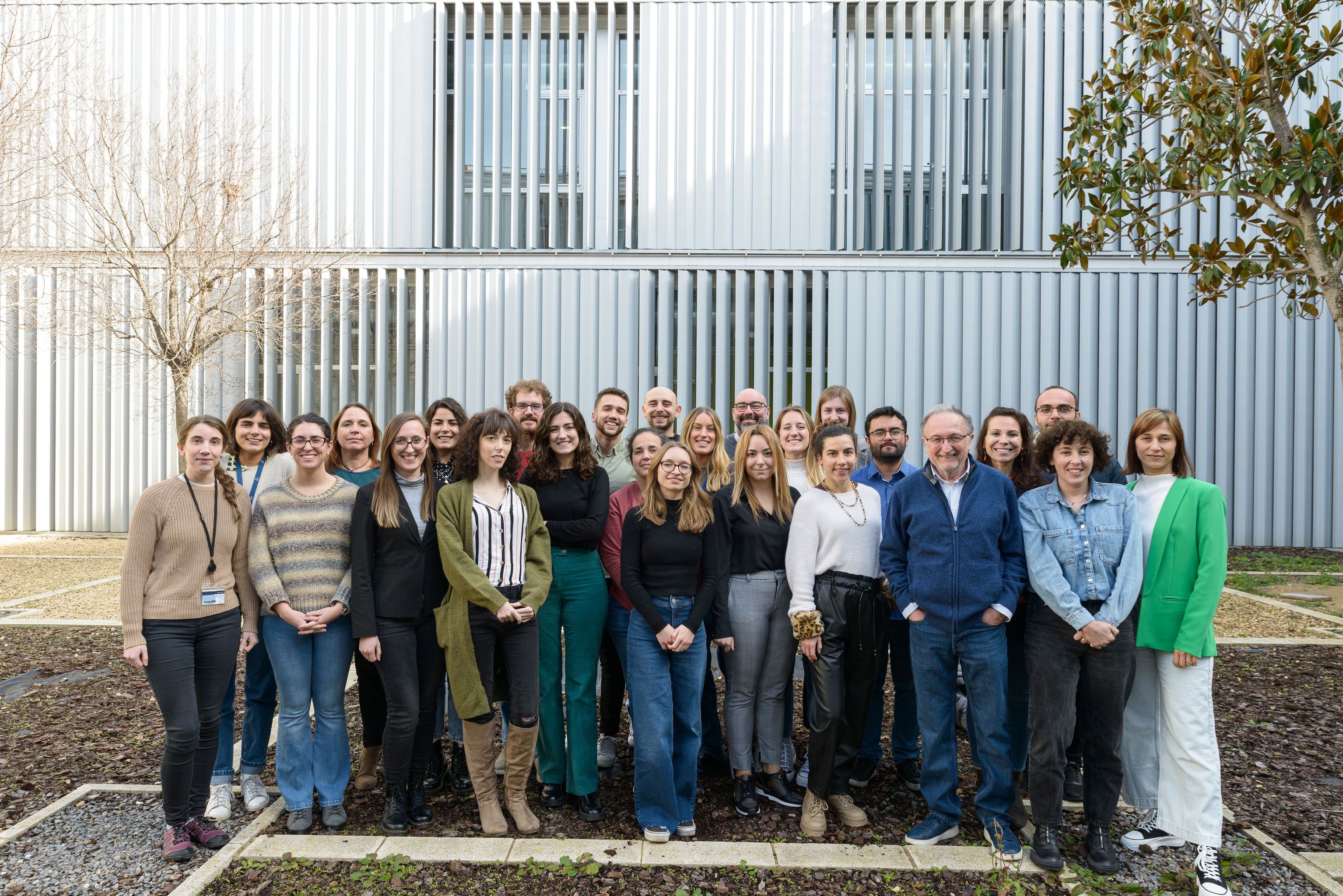
Photos:
Clara Bayona, Sara Oliván and Iñaki Ochoa at the Faculty of Medicine of the University of Zaragoza.
The TME Lab research group at the I3A Unizar.
------
